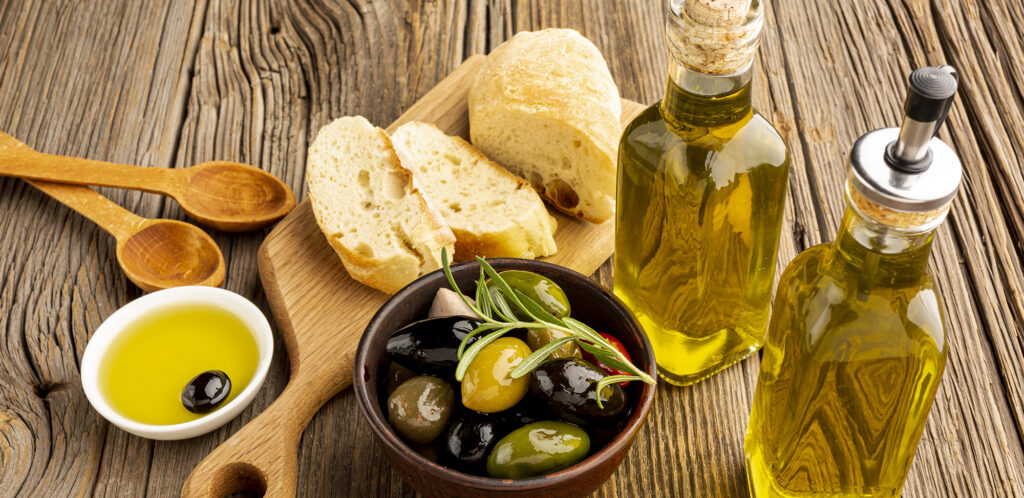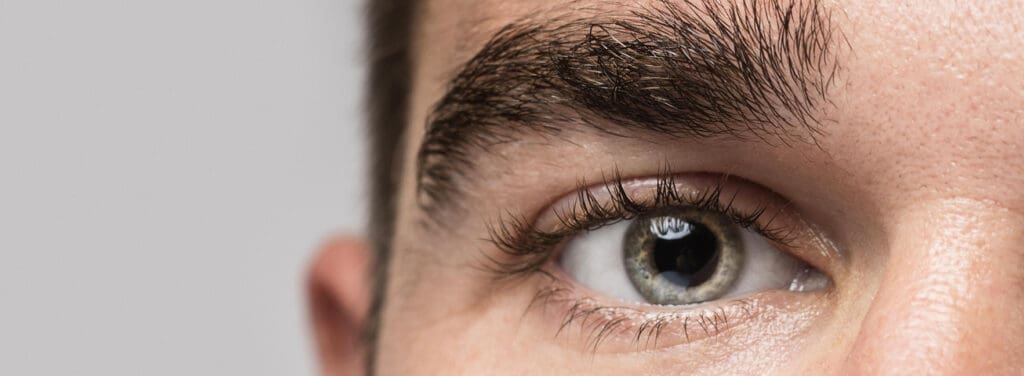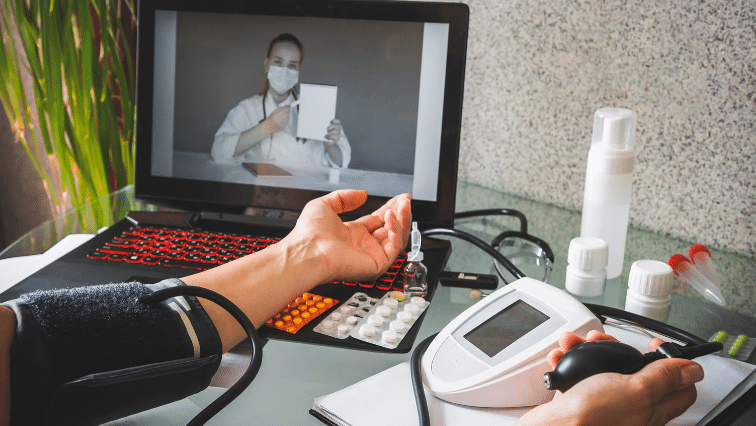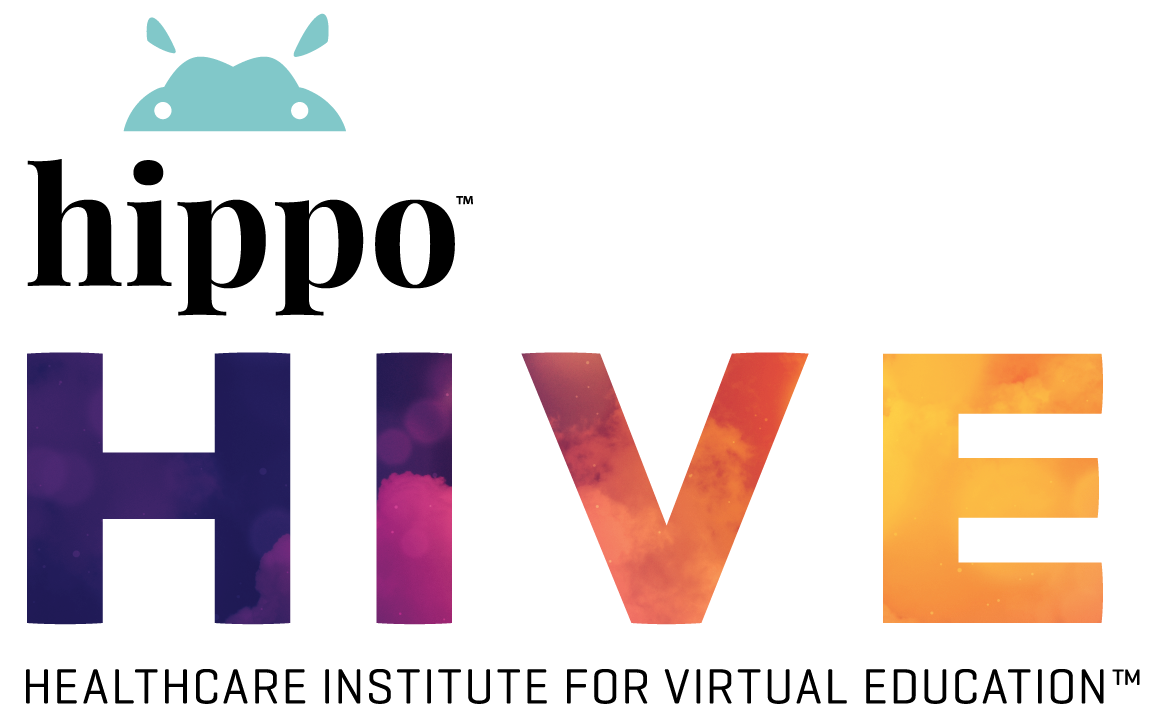Your Guide to Fats: Which Vegetable Oils Are Bad?

On the cover of health magazines in the 80s, 90s and even into the 2000s, you would have seen a lot of hullabaloo about how fat was Public Enemy #1 and it was making us all, well…fat. They demonized fat for obesity rates, rise in cardiovascular diseases, and other chronic conditions. The low-fat craze told […]
How telehealth can help solve the physician specialist shortage

Dr. Chris Gallagher, a cardiologist and CEO of SOC Telemed, sees “the power of telemedicine to change patients’ lives and make a real difference to hospitals’ bottom lines.”
Are You Addicted to Your Emotions

Have you felt stuck in self-sabotaging patterns? Like you’re constantly trying to break out of old habits, but for some reason, you can’t quite make new choices stick? If that’s you, I have good news: your biology may be more to blame than your willpower. When the concepts of habit change and self-sabotage arise, people […]
I Dreamt I Dwelt in Marble Halls – Decoding the Importance of Dreams

When I think about dreams and dreaming, my mind takes me to the hypnotic voice of the diva, Joan Sutherland, singing the aria “I Dreamt I Dwelt in Marble Halls” from The Bohemian Girl Opera. Whether it’s opera, Les Mis (“I Dreamed a Dream”) or Aerosmith (“Dream On”), dreams have so much meaning in our […]
The key relationship between health equity and telemedicine

“As healthcare providers continue to navigate and find ways to improve the telehealth experience, we have to be intentional about bringing all voices to the table,” one expert says.
To Integrate Virtual Care, Start By Redefining The ‘Visit’

As a result of the COVID-19 crisis, we’ve already laid the foundation of a new way of operating and blending both in-person and virtual care. Regulators and policy makers can facilitate this by fostering policies for asynchronous—and not “building-bound”—billing layers on top of the current fee-for-service infrastructure.
